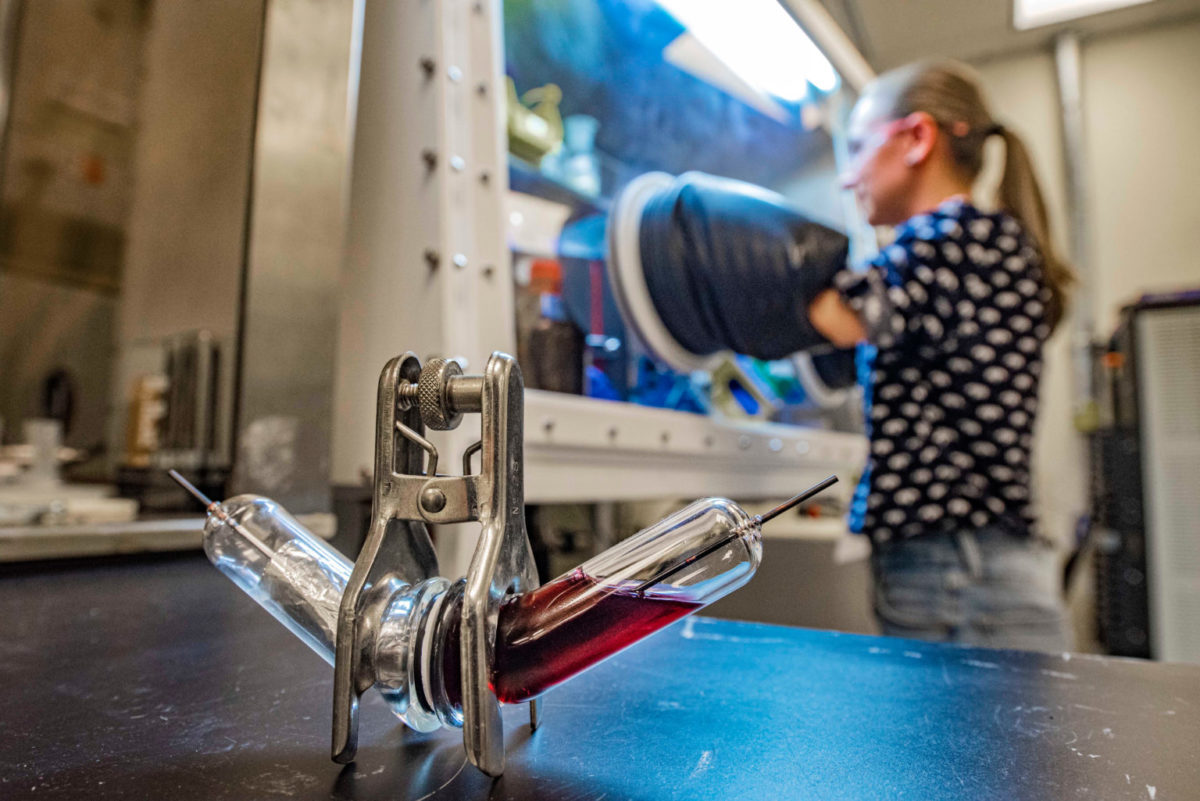From pv magazine USA
Battery-powered vehicles and battery energy storage systems at every scale mostly use lithium-ion chemistry, but high costs and concerns with thermal events have driven US labs to investigate other low-cost, safe alternatives. One such alternative is the sodium-ion battery.
When cycled at a high voltage around 4.5V, sodium-ion batteries can significantly increase their energy density. However, rapid degradation in charge-discharge cycles have barred sodium-ion batteries from reaching commercialization.
Researchers at Argonne National Laboratory discovered an effect in the creation of the cathode material that may lead to improvements in battery resiliency. It was found that during the rapid cooling process in the creation of the cathode, a “structural earthquake” occurs, which disrupts the atomic makeup of the material.
During rapid cooling in cathode synthesis, the particle surface became rough, and large areas showed strain on the material. The effect was also found when cycling the cathode at high temperatures above 130 F or when performing fast-charging of one hour versus a 10-hour charge cycle.
With the knowledge of this structure-damaging event, cathode makers can now adjust synthesis conditions to create a purer cathode that is better able to pair the anode material. Earlier research by the team also led to an improved anode, and the team expects pairing the two will have dramatic effects.
“Now, we should be able to match our improved cathode with the anode to attain a 20% to 40% increase in performance,” said Guiliang Xu, assistant chemist in Argonne’s chemical sciences and engineering division. “Also important, such batteries will maintain that performance with long-term cycling at high voltage.”
The results were recently published in Nature Communications. The Argonne team said the findings could result in a longer range and more affordable electric vehicles, as well as low-cost energy storage for the grid.
“Seeing is believing,” said scientist Yuzi Liu. “With Argonne’s world-class scientific facilities, we do not have to guess what is happening during the synthesis.”
This content is protected by copyright and may not be reused. If you want to cooperate with us and would like to reuse some of our content, please contact: editors@pv-magazine.com.




2 comments
By submitting this form you agree to pv magazine using your data for the purposes of publishing your comment.
Your personal data will only be disclosed or otherwise transmitted to third parties for the purposes of spam filtering or if this is necessary for technical maintenance of the website. Any other transfer to third parties will not take place unless this is justified on the basis of applicable data protection regulations or if pv magazine is legally obliged to do so.
You may revoke this consent at any time with effect for the future, in which case your personal data will be deleted immediately. Otherwise, your data will be deleted if pv magazine has processed your request or the purpose of data storage is fulfilled.
Further information on data privacy can be found in our Data Protection Policy.